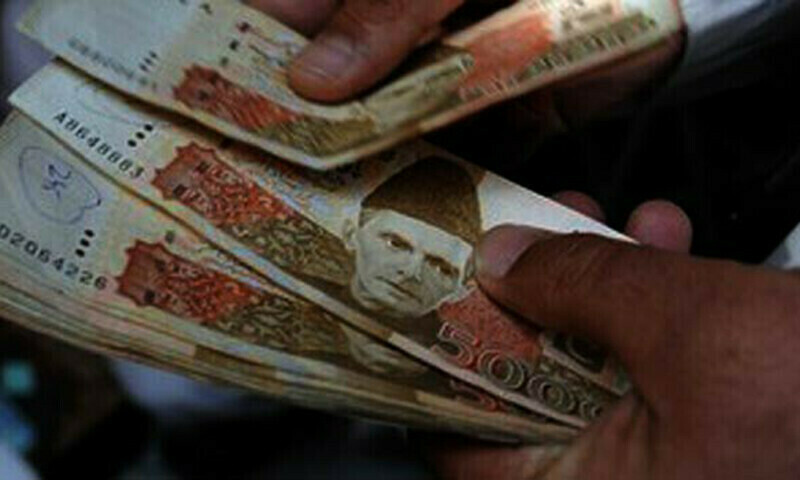The World Bank has affirmed that the Indus Waters Treaty between India and Pakistan does not permit unilateral suspension — a stance Pakistan has maintained consistently. However, how soon India will consider this affirmation and retract its announcement of holding the treaty ‘in abeyance’ remains unclear.
Despite international diplomatic efforts, including Donald Trump’s attempts to mediate a peace deal between the two nuclear-armed nations, uncertainty lingers.
This uncertainty may not immediately impact Pakistan’s economic landscape, but if left unresolved or prolonged beyond a few weeks, it could have serious consequences. This has added complexity to the efforts of Pakistan’s economic managers in crafting a post-conflict strategic framework for the country’s mid-term economic growth and development. It has also made economic forecasting and projections for the next fiscal year, set to begin on July 1, increasingly challenging.
After receiving the second tranche of $1 billion under the ongoing $7bn International Monetary Fund (IMF) loan last week, Pakistan’s balance of payments situation has somewhat stabilised. However, the sharp increase in goods imports in April to about $5.5bn, without a corresponding rise in exports which fetched only $2.14bn in the same month, has served as a stark reality check. Managing the trade deficit in May and June could pose a major challenge if the ceasefire with India isn’t maintained.
Looking ahead to FY26, maintaining a current account surplus appears increasingly challenging
Pakistan’s economic managers are expected to have already devised a contingency plan, and its rigorous implementation could stabilise the situation for the remaining months of this fiscal year. But what lies in the new fiscal year? That is indeed a troubling question.
President Trump’s visit to Saudi Arabia, Qatar, and the United Arab Emirates (UAE) — and the massive investment pledges he secured from these nations — has introduced a new dimension to regional geopolitics and global economics. This is particularly significant given the United States’ parallel commitment to supply arms and defence equipment to these three Gulf Cooperation Council (GCC) countries.
How these deepening US-GCC ties will shape the trade and investment priorities of these nations — and where Pakistan fits within their broader politico-economic frameworks — could have direct implications for us, not only in terms of trade and investment but also in the flow of remittances from overseas Pakistanis residing there.
The US ruling party unveiled plans to impose a five per cent tax on outbound remittances from the United States. If the proposed legislation clears the expected due process, it will become effective from July 4, 2025. The US is the fourth-largest destination for overseas Pakistanis after Saudi Arabia, the UAE and the UK, contributing over $3.5bn annually in remittances. How this new tax measure might impact the volume of remittances flowing from the US is a critical question.
On the fiscal front, this year’s lower-than-targeted tax collection, driven by slower-than expected growth may push economic managers to introduce stricter tax measures
Can Pakistan secure an exemption from the US if this taxation plan is enacted? While exploring this possibility, we must also intensify efforts to expand human capital exports to markets beyond the big five remittance sources — Saudi Arabia, the UAE, the UK, the US and other GCC nations.
On the export front, low inflation, coupled with interest rate cuts and a temporary pause in energy price hikes, may help contain industrial production costs, potentially boosting export performance in May and June.
However, this is likely to have only a modest impact on narrowing the trade deficit, as imports have surged following the lifting of long-standing restrictions and, in April, devoured more than double the foreign exchange earned through exports. Even low international fuel prices offer limited relief, given the rise in non-oil imports of consumer goods and industrial raw materials driven by increased domestic demand.
Looking ahead to the next fiscal year, maintaining a current account surplus appears increasingly challenging, more so because the government is considering cuts in import taxes to open the economy to foreign competition.
On the fiscal front, this year’s lower-than-targeted tax collection, driven by slower-than-expected economic growth (2.6pc according to the IMF’s estimates vs the initial government-set target of 3.6pc), may push economic managers to introduce stricter tax measures.
Prime Minister Shehbaz Sharif recently called for broadening the tax base and instructed authorities to take firm action against tax evasion. The Federal Board of Revenue missed its collection target by nearly Rs831bn during the first 10 months of FY25, primarily due to lesser-than-projected import growth and lower-than-expected inflation affecting sales tax revenue.
In a review meeting, the prime minister emphasised the need to bring tax-eligible individuals and sectors into the tax net. A clear indication of the government’s growing fiscal pressure is its decision to keep domestic oil prices unchanged in May, despite a significant decline in international oil prices.
The current situation demands a broader political consensus on all matters of national interest, along with comprehensive reforms in tax collection methods. Additionally, there is an urgent need to create a conducive environment for attracting substantial foreign investment from GCC countries under their widely publicised multi-billion-dollar investment plans.
Published in Dawn, The Business and Finance Weekly, May 19th, 2025


